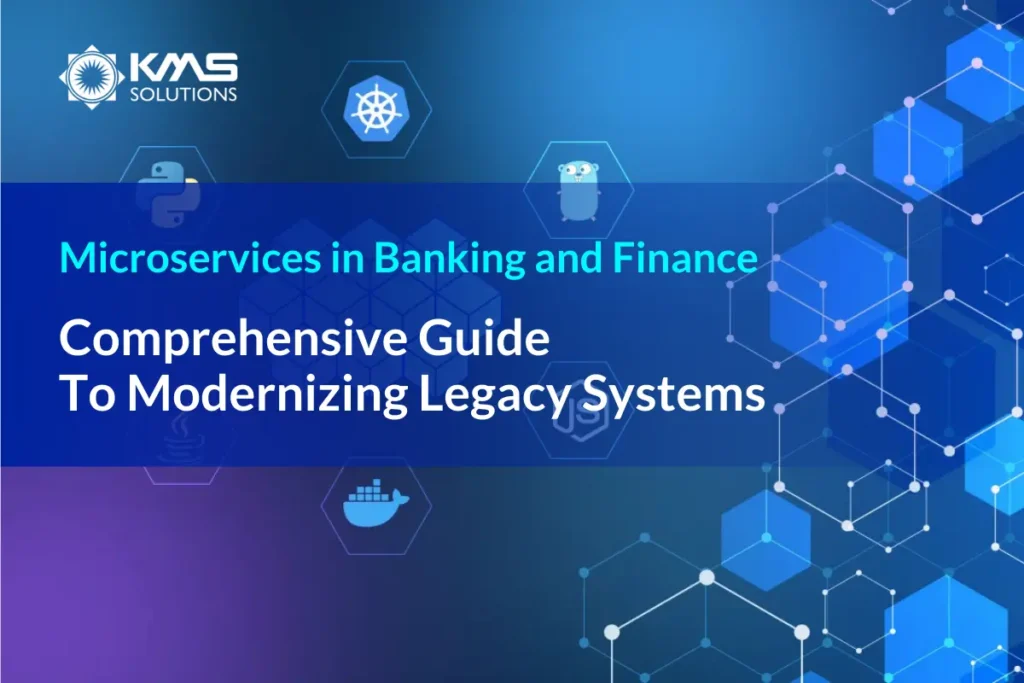As digital transformation reshapes industries, the banking sector is increasingly exploring ways to optimize efficiency and streamline operations. One key strategy that has gained significant traction is business process automation (BPA). By integrating advanced automation technologies, financial institutions can cut down manual tasks, enhance accuracy, and ultimately deliver a superior customer experience. In this article, we’ll explore the role of business process automation in banking, its benefits, key technologies, and best practices for successful deployment.
Understanding Business Process Automation in Banking
Business process automation involves using technology to perform repetitive, time-consuming tasks that typically require human intervention. By automating these tasks, banks and financial institutions can save time, reduce operational costs, and allocate their workforce to more strategic roles. The result is not only a more efficient organization but also one that can swiftly adapt to regulatory changes and customer expectations.
In the context of banking, BPA can include automating a wide range of functions—from customer onboarding to compliance monitoring, loan processing, and beyond. Automation here is often supported by advanced business process management systems, which allow financial institutions to map, monitor, and optimize their workflows.
Key Benefits of Business Process Automation in Banking
Enhanced Efficiency and Accuracy
Through automation, banks can significantly reduce the time and errors associated with manual data entry. By implementing RPA (robotic process automation), institutions automate repetitive tasks, which in turn minimizes human error and speeds up workflows. For instance, RPA can be used to automatically fill out loan processing documents, ensuring accuracy and compliance while reducing processing times.
Improved Compliance and Security
Financial institutions are highly regulated and face severe penalties for non-compliance. Automation tools, especially in areas like anti-money laundering (AML) and fraud detection, help banks stay compliant by monitoring vast amounts of data in real-time. Automated compliance checks and regulatory reporting ensure that the bank adheres to local and international regulations.
Better Customer Experience
Business process automation enables banks to offer quicker and more efficient services, reducing wait times and improving the customer experience. For example, chatbots powered by BPA can handle basic customer inquiries, allowing customer service representatives to focus on complex cases, leading to quicker resolutions and higher customer satisfaction.
Cost Savings and Resource Optimization
With process automation, banks can significantly reduce the cost of manual labor and increase overall productivity. This cost-efficiency also allows banks to reallocate resources toward value-added services, such as investment advice and personalized customer support, which ultimately enhance competitiveness.

Technologies Driving Business Process Automation in Banking
The rapid pace of digital transformation has brought several sophisticated automation technologies to the forefront of banking operations:
Robotic Process Automation (RPA)
RPA robotic process automation is a key component of BPA in banking, offering banks the ability to automate mundane and repetitive tasks through software bots. RPA has been especially transformative in handling high-volume tasks such as data extraction, transaction processing, and account reconciliation. By reducing human intervention, RPA minimizes errors and accelerates processing times, which is crucial for meeting customer demands.
Artificial Intelligence and Machine Learning (AI/ML)
AI and ML add layers of intelligence to automated processes, enabling banks to make data-driven decisions in real time. AI/ML algorithms can be trained to detect fraud, assess creditworthiness, and personalize customer interactions. These technologies can analyze vast datasets, offering insights that can be directly applied to optimize processes and enhance the customer experience.
Business Process Management (BPM) Systems
BPM systems help banks design, analyze, and monitor their workflows. By integrating business process management tools, financial institutions can gain insights into process bottlenecks, improve transparency, and ensure continuous process optimization. BPM acts as a foundation for implementing automation solutions effectively by mapping out workflows that can be automated.
Intelligent Document Processing (IDP)
IDP combines OCR (Optical Character Recognition) with AI to capture, categorize, and validate data from documents. This technology is particularly useful for automating document-heavy processes, such as loan applications and mortgage processing. IDP enhances both the speed and accuracy of data entry, allowing banks to serve customers faster and with greater accuracy.
Key Use Cases for Business Process Automation in Banking
Business process automation offers a wide range of applications across banking operations:
Customer Onboarding
Automating customer onboarding simplifies the account opening process, reduces wait times, and ensures regulatory compliance. RPA bots can handle tasks like KYC (Know Your Customer) verifications, ID checks, and data entry, allowing customers to set up accounts faster with minimal manual intervention.
Loan Processing and Credit Underwriting
Automation tools can assess and process loan applications, pulling data from multiple sources to make real-time decisions. By using process automation, banks can expedite loan approvals and minimize human errors, ensuring that customers receive timely responses.
Fraud Detection and Risk Management
With automation tools like AI and RPA, banks can analyze transaction patterns to detect potential fraud or unusual behavior in real time. This not only reduces risk but also helps in compliance reporting and incident management.
Regulatory Compliance and Reporting
Business process automation enables banks to stay compliant with ever-evolving regulatory standards by automating reporting and audit processes. Compliance bots can monitor transactions, flag suspicious activity, and generate reports for regulatory submissions.
Customer Service Automation
Chatbots, powered by natural language processing, can handle routine customer queries, such as account balance inquiries and transaction status checks. By integrating BPA into customer service channels, banks can reduce response times and enhance customer satisfaction.
Implementing Business Process Automation: Best Practices for Banks
Successfully deploying business process automation in banking requires careful planning and execution. Here are some best practices:
Identify the Right Processes to Automate
Not all banking processes benefit equally from automation. Start by identifying high-volume, rule-based tasks that are repetitive and time-consuming. Prioritize areas with clear benefits in terms of time savings, compliance, and customer satisfaction.
Involve Stakeholders Early
Automation can transform the workflow, so involving key stakeholders from different departments, including IT, compliance, and customer service, is essential for ensuring the solution is effective and well-integrated.
Ensure Data Security and Compliance
Given the sensitive nature of financial data, it’s crucial that automation tools adhere to strict security and compliance standards. Partner with trusted providers and conduct regular audits to ensure compliance with regulatory standards.
Monitor and Optimize Continuously
Automation is not a one-time project; it requires ongoing monitoring and optimization. Use data analytics to assess the impact of BPA and make adjustments as needed to maximize efficiency and customer satisfaction.
Invest in Training and Change Management
Automation often changes job roles, so it’s important to train staff on how to work with automated tools and understand their new roles. A strong change management strategy can ease the transition and ensure staff are fully engaged with the new processes.

Conclusion
Are you ready to transform your banking operations through process automation? KMS Solutions specializes in deploying tailored BPA solutions for financial institutions, enabling them to streamline workflows, improve compliance, and enhance customer experiences. With expertise in process automation, digital transformation, and business process management, KMS Solutions offers end-to-end support to help you implement automation effectively.
Let KMS Solutions help you drive innovation and operational efficiency. Contact us today to learn more about our automation solutions and take the first step toward a smarter, more efficient banking experience.
By embracing business process automation, banks and financial institutions can unlock a new level of operational efficiency, compliance, and customer satisfaction—ultimately strengthening their position in a competitive market. Whether you’re automating customer onboarding or fraud detection, BPA offers a transformative opportunity to redefine what’s possible in modern banking.







